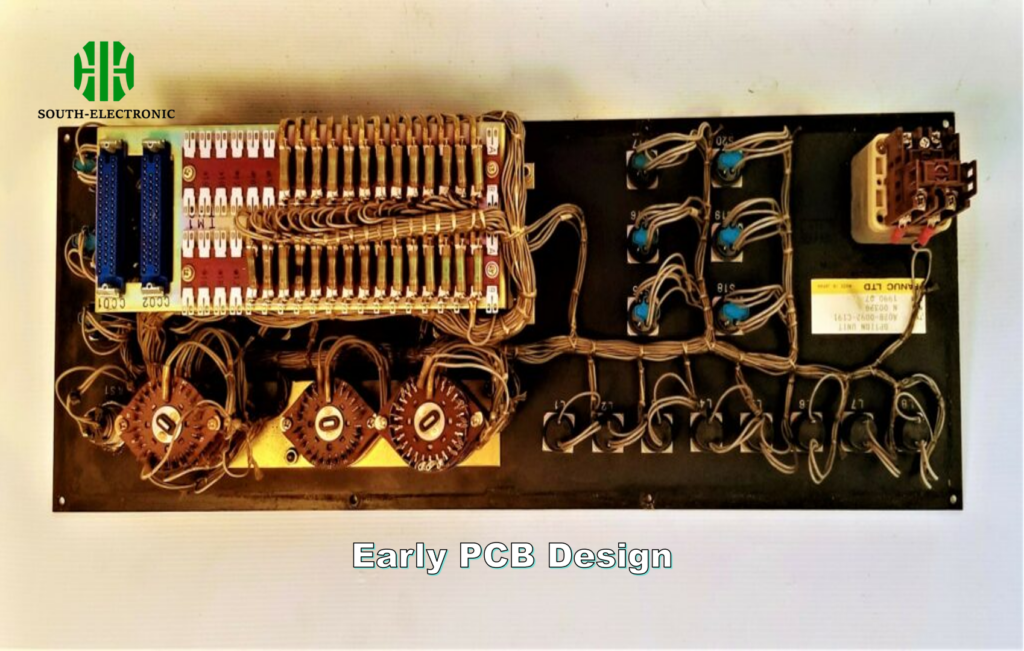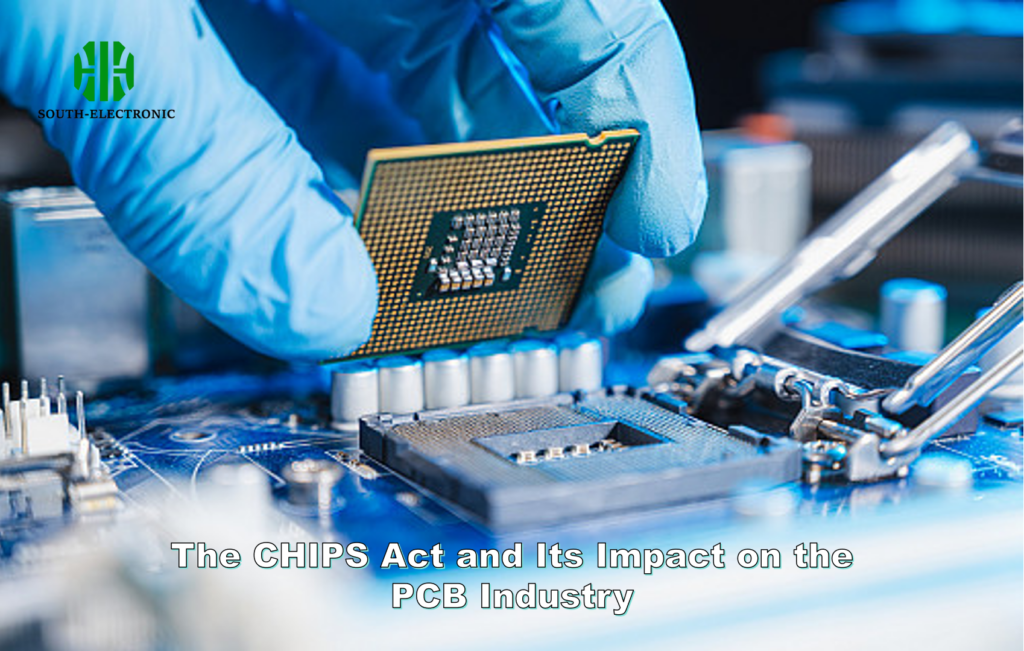The passage of the CHIPS Act has set the stage for significant advancements in PCB technology, ensuring that the U.S. remains a leader in the global electronics market. This article explores the evolution of PCB technology, the impact of the CHIPS Act, and what the future holds for this critical industry.
The Evolution of PCB Technology
Early Beginnings: The Birth of the PCB
PCB technology started to develop in the early 1900s. The first PCBs were simple and manually assembled, using basic materials and techniques. The big breakthrough came in the 1940s when an Austrian engineer named Paul Eisler developed the first modern PCB using printed circuit methods. This allowed for mass production, which set the stage for the widespread use of PCBs in all kinds of industries.

The 1960s to 1980s: The Era of Miniaturization
As technology got better, people wanted smaller and better electronic gadgets. From the 60s to the 80s, people made a lot of progress in designing PCBs. They started making double-sided and multi-layer PCBs, which let them put more complicated circuits in a smaller space. They also started using machines to make PCBs, which made it faster and cheaper to make them.
PCB Evolution Timeline
| Period | Major Innovations | Impact on Industry |
|---|---|---|
| Early 1900s | Basic PCBs | Manual assembly, limited use |
| 1940s | Modern PCB by Paul Eisler | Enabled mass production, widespread adoption |
| 1960s – 1980s | Multi-layer PCBs, automation | Smaller, more efficient devices |
| 1990s – Present | High-density interconnect (HDI) | Advanced electronics, miniaturization |
The 1990s to Present: High-Density Interconnect and Beyond
The 1990s ushered in the era of High-Density Interconnect (HDI) technology, which allowed for even greater miniaturization and complexity. HDI PCBs are characterized by their finer lines and spaces, smaller vias, and higher connection pad density. This advancement made it possible to meet the demands of modern electronics, such as smartphones, wearable devices, and high-performance computing systems.

The CHIPS Act and Its Impact on the PCB Industry
Overview of the CHIPS Act
The CHIPS Act, which passed in 2022, was a huge deal. It was all about giving the U.S. semiconductor industry a shot in the arm. But it also had some big implications for the PCB industry. By giving incentives for domestic production and research, the CHIPS Act could breathe new life into the U.S. PCB sector, which has been getting its lunch eaten by overseas manufacturers.
Opportunities for the PCB Industry
The CHIPS Act offers several opportunities for the PCB industry:
- Increased Funding for R&D: The act allocates substantial funding for research and development, encouraging innovation in PCB design and manufacturing techniques.
- Supply Chain Resilience: By promoting domestic production, the CHIPS Act aims to reduce dependency on foreign suppliers, ensuring a more resilient supply chain.
- Job Creation: The act is expected to create thousands of jobs in the electronics manufacturing sector, including PCB production.
Benefits of the CHIPS Act for PCB Industry
| Benefit | Description |
|---|---|
| Increased R&D Funding | More resources for innovation in PCB technology |
| Supply Chain Resilience | Reduction in dependency on foreign PCB suppliers |
| Job Creation | Growth in employment within the PCB and electronics sector |

Challenges and Considerations
While the CHIPS Act presents numerous opportunities, the PCB industry must also navigate several challenges:
- Cost of Implementation: Upgrading facilities and adopting new technologies require significant investment.
- Skilled Labor Shortage: There is a growing need for skilled workers to meet the demands of a more advanced manufacturing environment.
- Global Competition: Despite domestic incentives, U.S. manufacturers still face intense competition from established international players.
The future of PCB tech is all about advanced materials and techniques that can support the next generation of electronics. That means using flexible and stretchable materials that let us create new form factors, and integrating 3D printing tech that could revolutionize PCB manufacturing.



